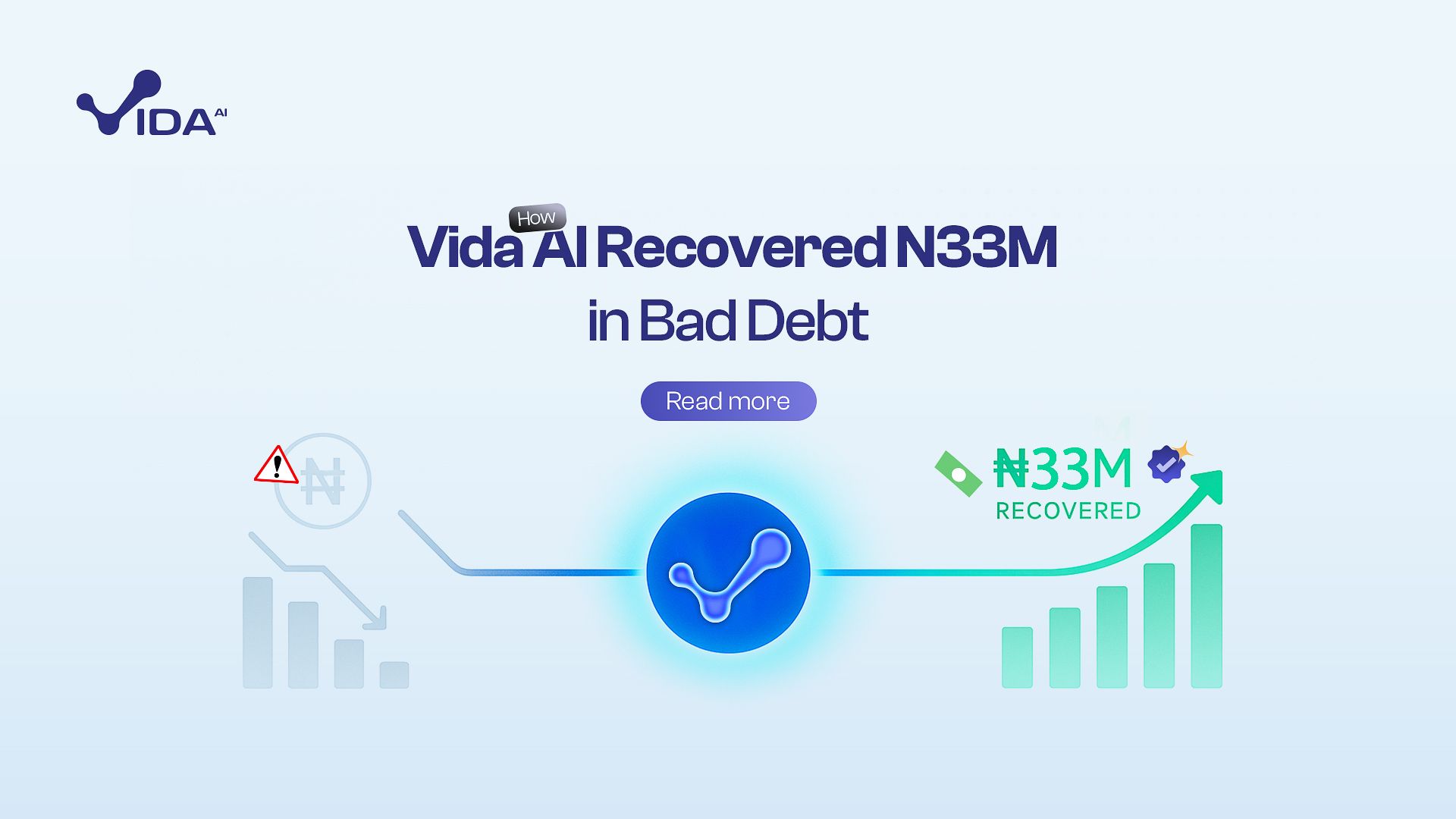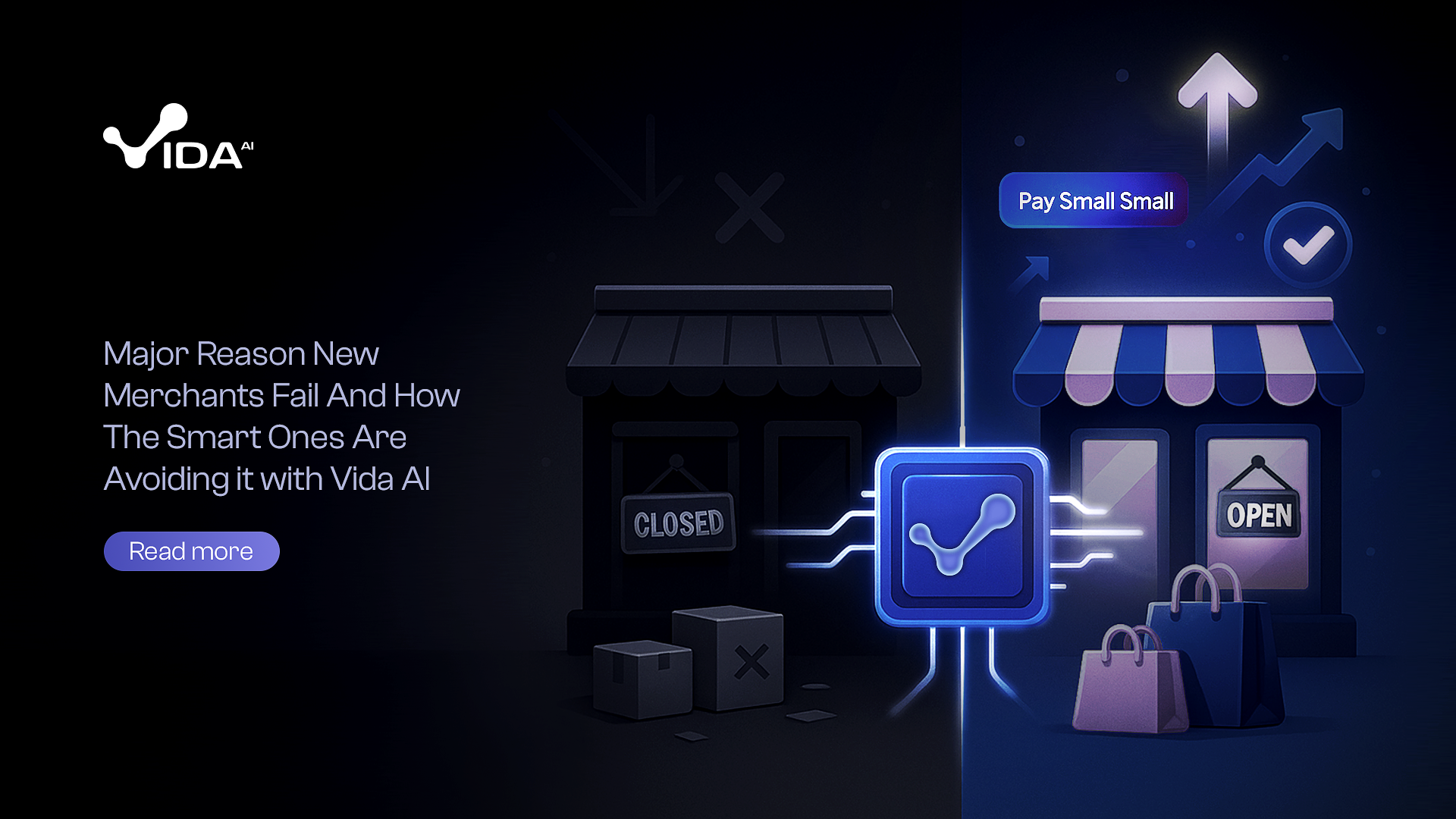back to Articles
Alternative Data in Credit Decisions: Beyond Traditional Credit Scores

Eniayewu Josephine
Content Writer
The financial services industry stands at an inflection point. Traditional credit scoring methods, built on decades-old frameworks, are proving inadequate for today's dynamic economy where millions of creditworthy individuals remain invisible to conventional assessment models. Alternative data emerges as the transformative solution, revolutionizing how lenders evaluate risk and expanding access to credit for previously underserved populations.
The Limitations of Traditional Credit Scoring
Traditional credit scoring relies heavily on historical credit behavior, employment verification, and formal financial records. This approach systematically excludes vast segments of the population who lack extensive credit histories despite demonstrating financial responsibility through other channels. Young professionals entering the workforce, immigrants establishing new lives, and entrepreneurs building businesses often find themselves trapped in a catch, they need credit to build credit history, but cannot access credit without existing history.
The COVID-19 pandemic exposed additional weaknesses in traditional models. Millions of previously creditworthy individuals experienced employment disruptions that traditional scoring systems interpreted as increased risk, despite these changes being temporary and externally driven. Meanwhile, those who adapted by building digital businesses or engaging in gig economy work demonstrated resilience that conventional models failed to recognize.
Consumer behavior has shifted dramatically toward digital channels, creating rich data trails that traditional credit bureaus cannot capture. Mobile banking adoption, digital payment platforms, and online financial management tools generate massive datasets about spending patterns, savings behavior, and financial discipline that remain untapped by conventional scoring methods.
Understanding Alternative Data Sources
Alternative data encompasses any information beyond traditional credit bureau reports that can indicate creditworthiness. This includes digital footprints from mobile phone usage, social media activity, online shopping behavior, and utility payment histories. Bank transaction data reveals spending patterns, income stability, and financial management skills that provide deeper insights than credit reports alone.
Telecommunications data offers particularly valuable insights into stability and reliability. Consistent phone bill payments, length of service relationships, and communication patterns create predictive indicators of future payment behavior. Similarly, utility payment histories demonstrate responsibility and commitment to meeting recurring obligations.
Digital commerce activity provides real-time insights into financial capacity and behavior. Online shopping patterns, subscription service management, and digital wallet usage reveal spending discipline and income allocation strategies. Even seemingly mundane data like email account tenure or social media consistency can indicate stability and long-term thinking.
Psychometric and behavioral data represent emerging frontiers in alternative credit assessment. Mobile app interactions, response times to financial communications, and decision-making patterns during loan applications provide insights into personality traits that correlate with repayment likelihood.
How Alternative Data Enhances Credit Decisions
Alternative data transforms credit assessment by providing multidimensional views of borrower risk profiles. While traditional scores offer single-point-in-time snapshots, alternative data creates dynamic risk models that adapt to changing circumstances and capture emerging trends in borrower behavior.
Predictive accuracy improves significantly when alternative data supplements traditional scoring methods. Studies demonstrate that incorporating alternative data sources can reduce default rates by 15-25% while expanding approval rates for qualified borrowers who would otherwise be declined. This improvement stems from the ability to identify positive risk factors that traditional models miss entirely.
Real-time assessment capabilities emerge when lenders integrate alternative data streams. Instead of relying on quarterly credit report updates, decision engines can incorporate daily transaction data, weekly income deposits, and monthly recurring payment patterns to create current risk assessments that reflect borrowers' actual financial situations.
Risk segmentation becomes more sophisticated through alternative data analysis. Lenders can identify micro-segments within broader risk categories, enabling more precise pricing and product customization. This granular understanding allows for better risk-return optimization while serving previously underserved market segments.
Implementation Strategies and Technologies
Successfully implementing alternative data requires robust technological infrastructure and sophisticated analytical capabilities. Machine learning algorithms excel at identifying patterns within massive alternative datasets that human analysts could never detect. These systems continuously learn from new data inputs, improving predictive accuracy over time.
Data integration platforms must seamlessly combine traditional credit information with alternative data sources while maintaining data quality and consistency. APIs enable real-time data retrieval from multiple sources, while data standardization protocols ensure compatibility across different information types and formats.
Privacy-preserving technologies like federated learning and differential privacy allow lenders to benefit from alternative data insights while protecting consumer information. These approaches enable model development and validation without exposing individual-level data, addressing privacy concerns while maintaining analytical capabilities.
Cloud-based infrastructure provides the scalability and processing power necessary for alternative data analysis. Modern platforms can handle petabytes of diverse data types while providing the computational resources needed for complex machine learning model development and real-time scoring.
Benefits and Risk Management
Alternative data delivers substantial benefits for both lenders and borrowers. Financial inclusion expands dramatically as previously invisible populations gain access to credit markets. Processing efficiency improves through automated data collection and analysis, reducing underwriting costs while accelerating decision timelines.
Portfolio performance enhancement occurs through improved risk prediction and reduced adverse selection. Lenders can maintain or improve risk-adjusted returns while serving larger customer bases. Cross-selling opportunities increase as alternative data provides deeper customer insights that inform product recommendations and pricing strategies.
However, alternative data implementation requires careful risk management. Data quality varies significantly across sources, requiring robust validation and cleansing processes. Model governance becomes more complex when incorporating multiple data types with different refresh rates and reliability levels.
Regulatory compliance presents ongoing challenges as frameworks struggle to keep pace with technological advancement. Consumer consent management, data retention policies, and algorithmic transparency requirements demand sophisticated compliance infrastructure and ongoing monitoring.
The Future of Credit Assessment
Alternative data represents the foundation for next-generation credit assessment systems that will define the future of lending. Real-time scoring capabilities will enable dynamic credit limits and instant approval processes that adapt to changing borrower circumstances.
Open banking initiatives will accelerate alternative data adoption by standardizing access to consumer financial information. These frameworks will enable more comprehensive risk assessments while maintaining consumer control over data sharing decisions.
Artificial intelligence advancement will unlock new insights from existing alternative data sources while identifying novel predictive indicators. Machine learning models will become more sophisticated at combining diverse data types and detecting subtle patterns that indicate creditworthiness.
The convergence of alternative data with traditional scoring methods will create hybrid models that leverage the strengths of both approaches. These integrated systems will provide the most accurate and fair credit assessments possible, expanding financial inclusion while maintaining prudent risk management.
Alternative data transforms credit decisions from backward-looking assessments to forward-thinking evaluations that recognize the full spectrum of borrower capabilities. Organizations that embrace this transformation while addressing its challenges will lead the evolution toward more inclusive and accurate credit markets.
Ready to Unlock Hidden Credit Opportunities?
Sign Up to discover how Vida AI can help you reduce defaults while expanding approvals for qualified borrowers.

